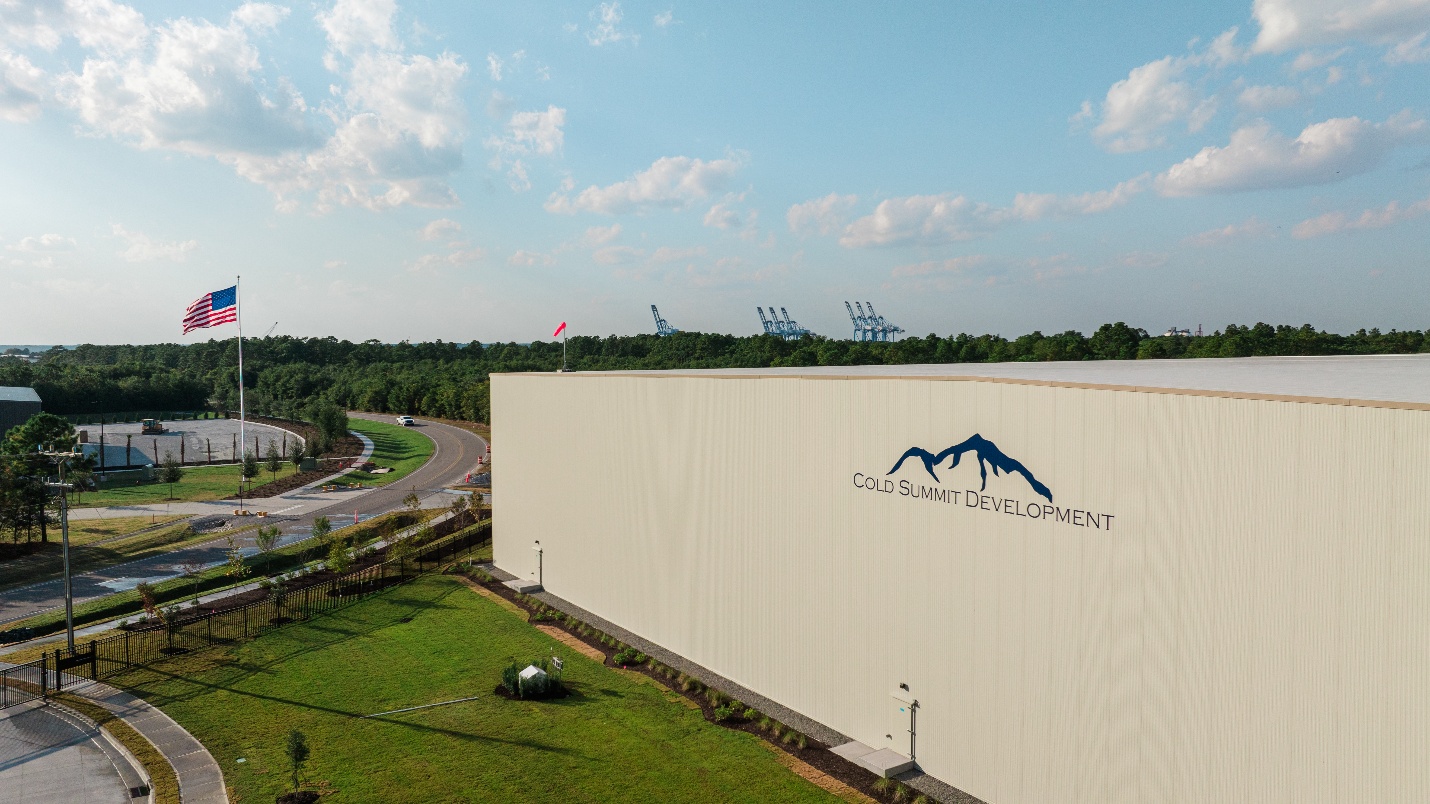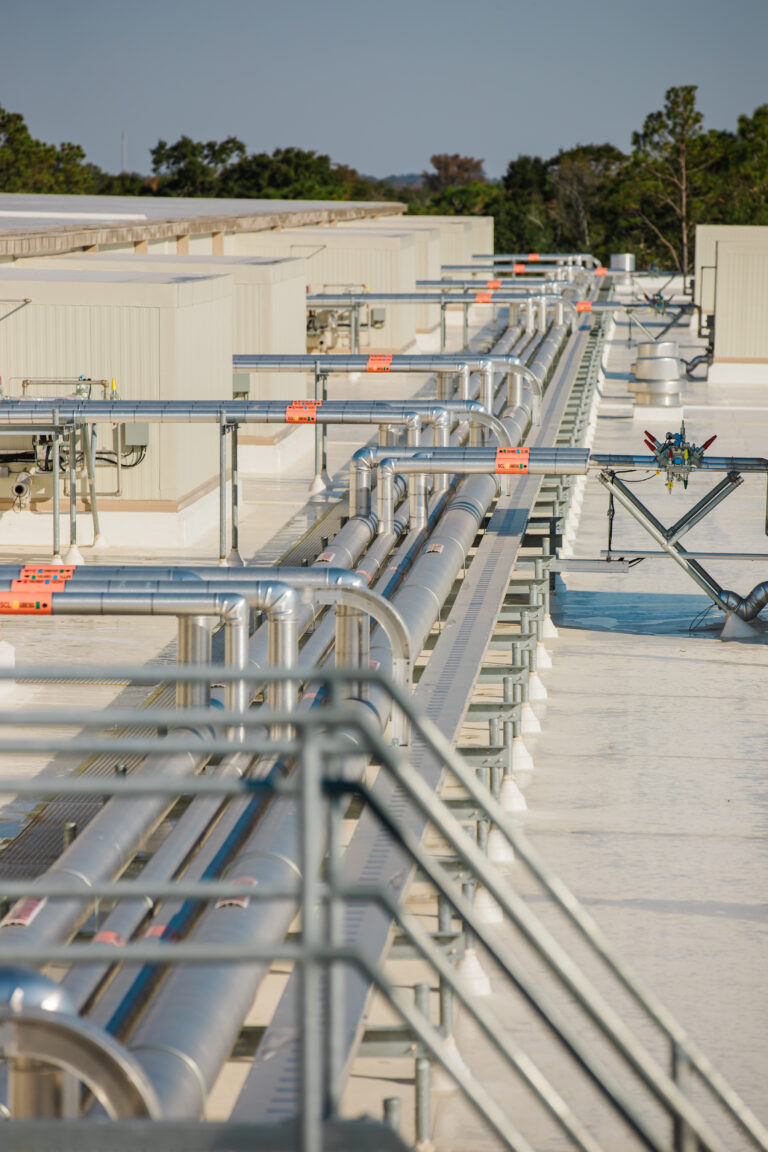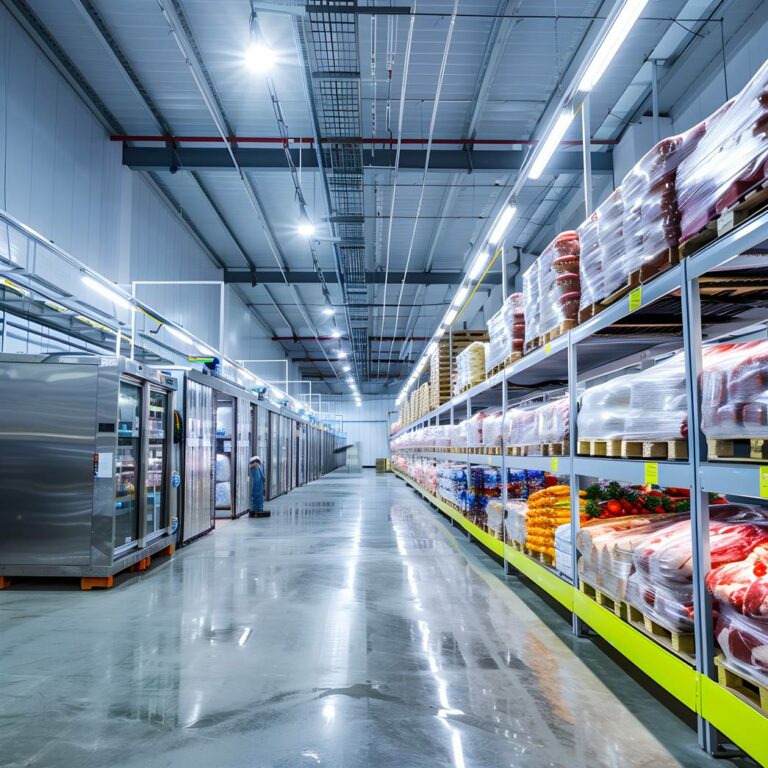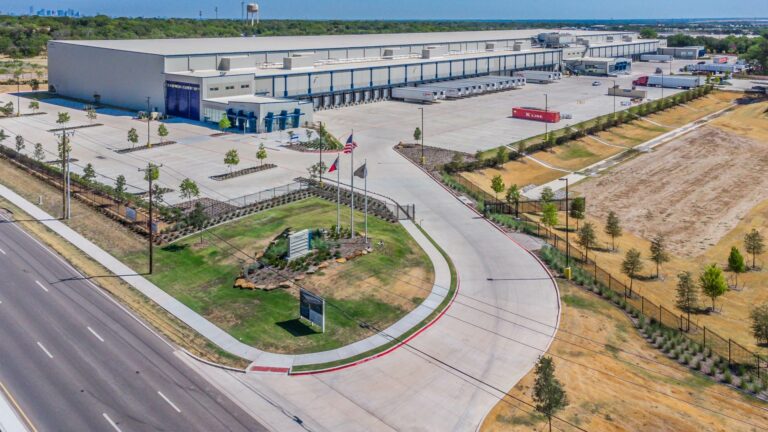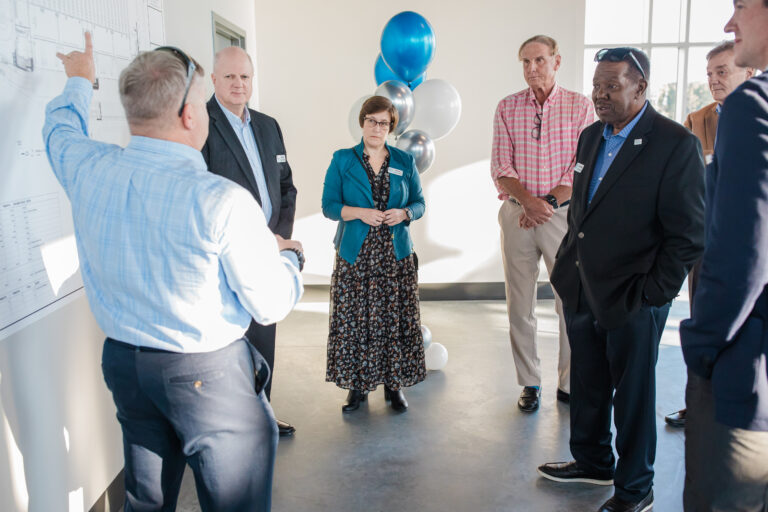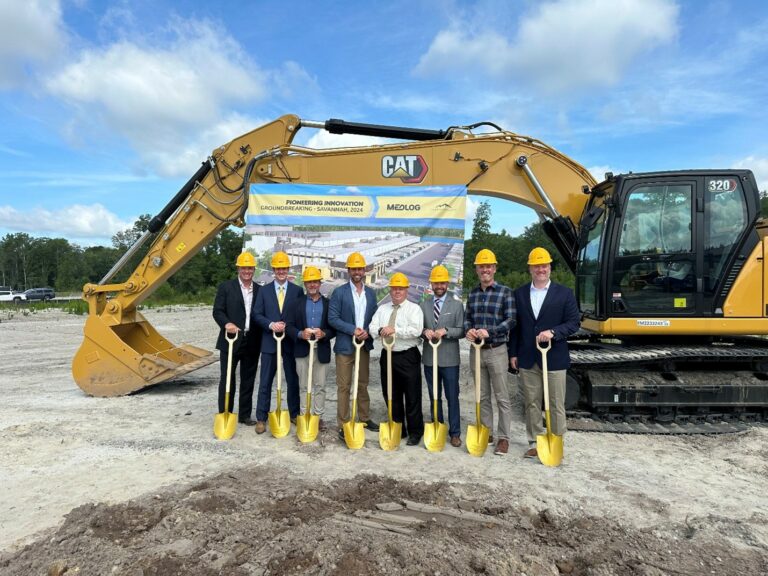Client Overview
A major Northeast port aimed to modernize more than one million square feet of on-terminal cold storage infrastructure to support increasing trade volumes and strengthen its position in the global cold chain. The existing facilities, while expansive, were aging and in need of significant upgrades to meet current industry expectations for efficiency, technology, and sustainability. With rising demand for temperature-controlled goods, the port recognized the need for a comprehensive assessment to guide its long-term capital investment strategy.
Challenges
The port faced several challenges in moving forward with its modernization goals. Many of its cold storage facilities were outdated, requiring major upgrades to comply with modern cold chain and food safety standards. The surge in demand for refrigerated imports and exports called for an expansion in both capacity and efficiency. At the same time, the port lacked a phased, long-term investment plan that would allow for scalable improvements without disrupting ongoing operations. There was also a growing emphasis on integrating sustainability initiatives and energy-efficient systems to lower long-term operating costs and meet evolving environmental regulations.
Cold Summit’s Solution
Cold Summit applied its expertise in cold chain infrastructure, strategic capital planning, and facility modernization to develop a customized roadmap for revitalizing the port’s cold storage assets.
Cold Storage Infrastructure Assessment
Cold Summit began with a detailed evaluation of the port’s existing cold storage footprint, covering more than one million square feet. The assessment included a review of facility conditions, identifying infrastructure risks associated with aging materials and systems. Operational bottlenecks, capacity limitations, and inefficiencies were documented, and current technology systems were analyzed for performance gaps, particularly in refrigeration, controls, and energy management. Opportunities were identified for improving automation, boosting energy efficiency, and incorporating modern sustainability features into future upgrades.
Capital Investment Roadmap & Modernization Plan
Building on the assessment, Cold Summit developed a phased capital investment plan tailored to the port’s needs. The plan outlined immediate and long-term infrastructure upgrades, including the replacement of outdated refrigeration systems, enhancements to insulation and climate controls, and installation of advanced monitoring systems. Recommendations included the adoption of automation for inventory and facility management, along with integration of energy-saving technologies such as natural refrigerants, solar arrays, and efficient lighting and HVAC systems. This roadmap provided the port with a scalable and realistic modernization strategy aligned with future growth projections.
Strategic Recommendations & Best Practices
To support informed decision-making, Cold Summit delivered a benchmarking analysis comparing the port’s infrastructure to that of leading cold chain logistics hubs worldwide. Strategies were proposed to “future-proof” the facilities against anticipated changes in food safety standards, environmental policies, and operational technologies. Development scenarios explored included phased implementation and the possibility of leveraging public-private partnership (PPP) models to reduce financial burden and share investment risk. These recommendations gave the port a clear framework for prioritizing upgrades while maintaining flexibility for future adjustments.
Results & Impact
Cold Summit’s strategic guidance and technical recommendations were formally incorporated into the port’s $635 million capital improvement plan. As a result, cold storage modernization became a central focus of the overall infrastructure redevelopment strategy. The project is now progressing through the implementation phase under a third-party terminal developer, informed by Cold Summit’s assessment and planning efforts. The investment roadmap not only ensures modernization of aging infrastructure but also supports scalability, long-term operational efficiency, and alignment with sustainability goals. This positions the port to better serve global perishable goods markets and remain competitive in the evolving cold chain industry.
Conclusion
Through a comprehensive assessment and modernization roadmap, Cold Summit equipped the Northeast port with a clear and actionable strategy for revitalizing its cold storage infrastructure. The integration of advanced refrigeration systems, energy-efficient upgrades, and automation ensures the port can meet the demands of the modern cold chain while reducing long-term costs and environmental impact. The project reflects Cold Summit’s ability to guide complex infrastructure initiatives and drive meaningful improvements in cold chain logistics.
